“Mormonism in Pictures” is a photo essay feature depicting The Church of Jesus Christ of Latter-day Saints and its members around the world. Today we feature photos related to family history research.
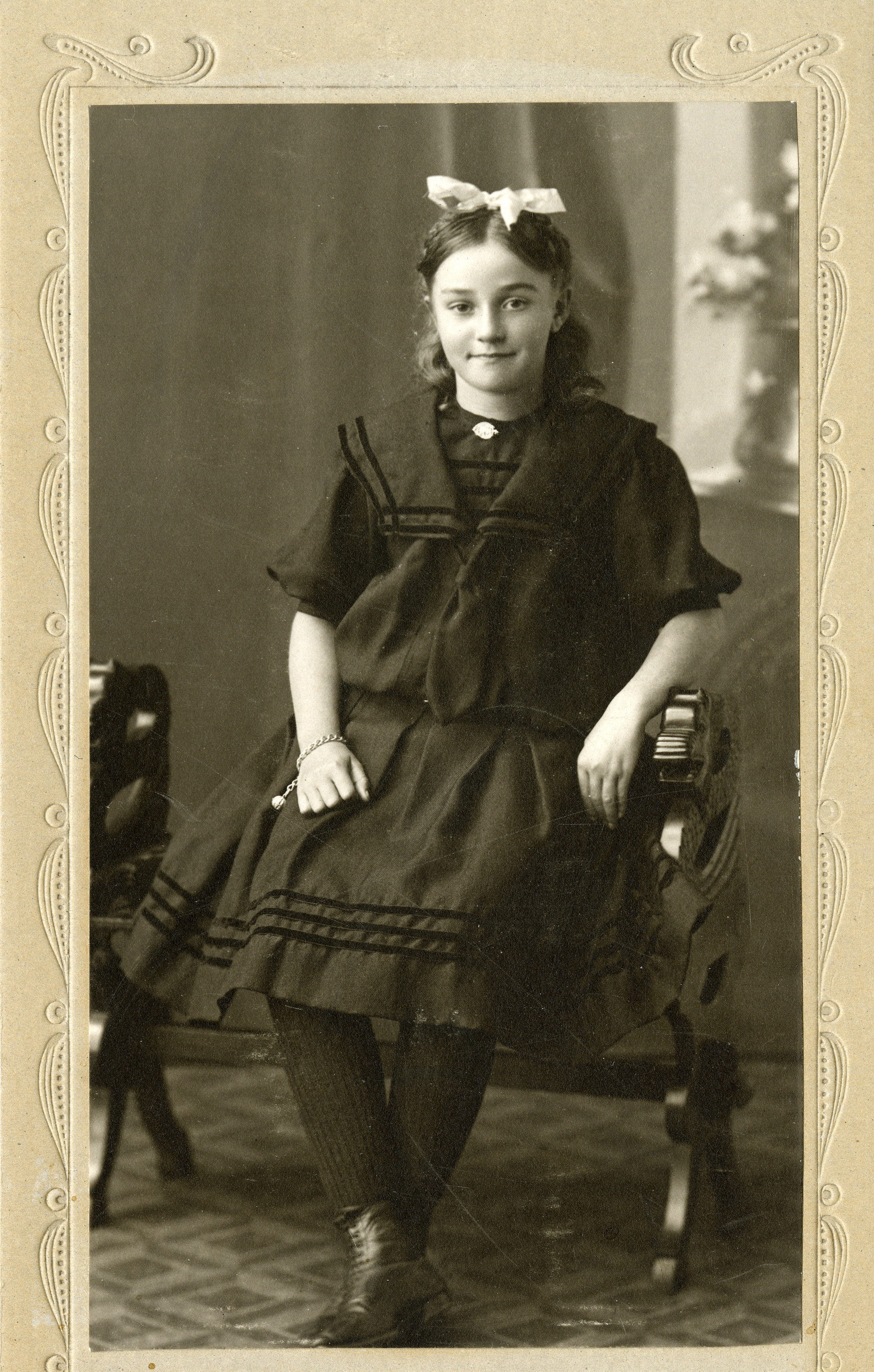
To download photos, please see the Multimedia sidebar.
Family history is one of the most popular hobbies in the world. People of all faiths and nationalities use records, resources and services to learn more about where they come from; since 1999, over 300 million visitors have used The Church of Jesus Christ of Latter-day Saints’ free family history site, FamilySearch.org.

For members of the Church, learning about one’s family history is more than just a casual endeavor. Latter-day Saints believe families are meant to be central to our lives and that family relationships are intended to continue beyond this life. For more about why we do family history, see Mormon.org.
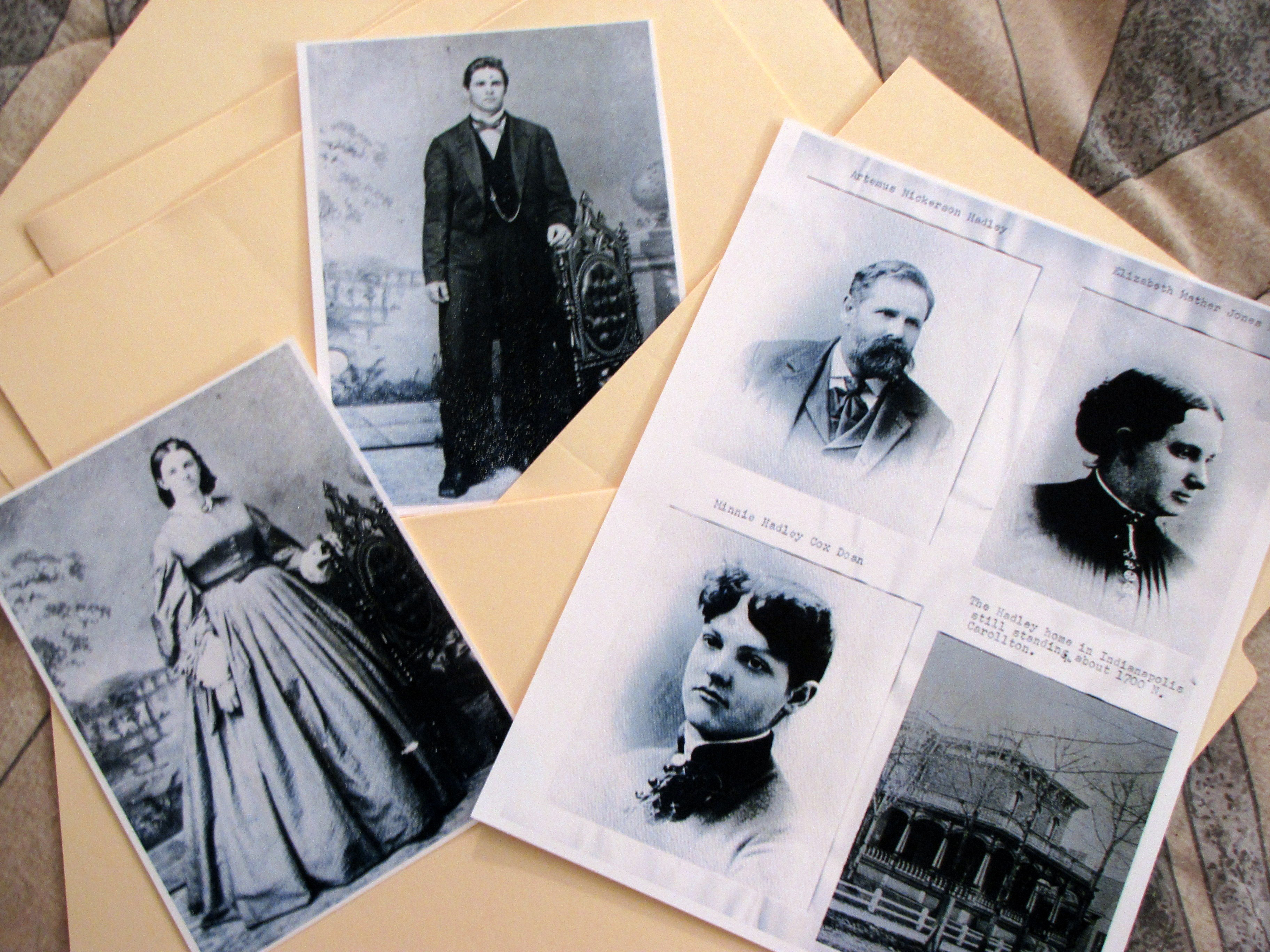
Organized searching for valued records worldwide began with the 1894 establishment of the Genealogical Society of Utah, a nonprofit group founded by the Church. Today, visitors to FamilySearch.org can search over a billion digital images and indexes of records from all over the world.
Information on film is currently being digitized by use of complex computer programs that adjust for density variations in each film.
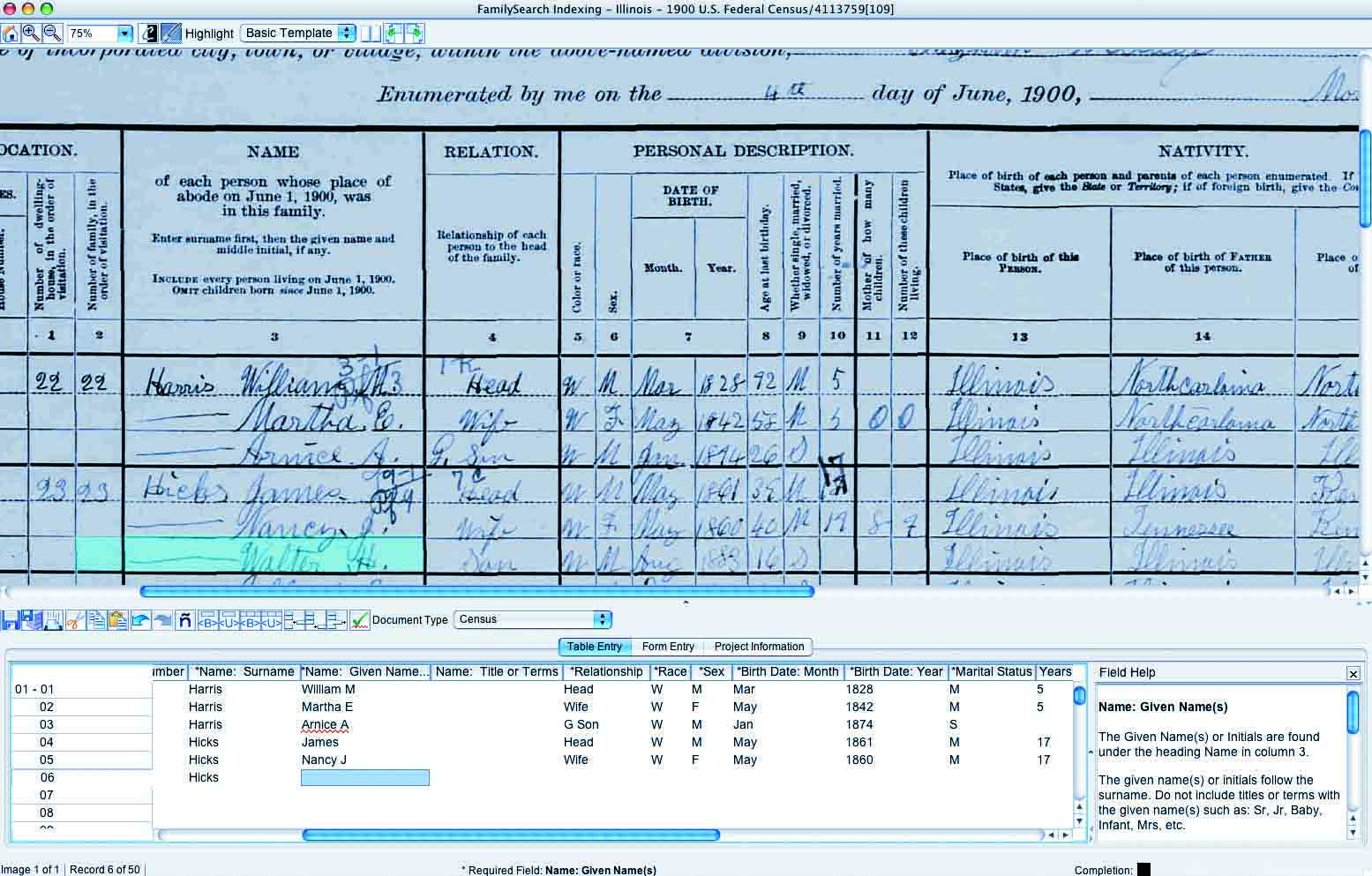
The Church stores records such as government and church records for births, marriages and deaths; censuses; probate records; land records; draft cards; and so forth. Millions of new records are published on a weekly basis, as volunteers transcribe record information through the Church's indexing efforts.
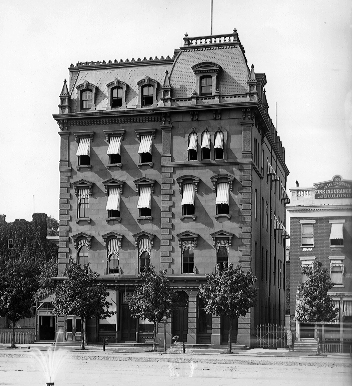
The Washington, D.C. building that housed the Freedman's Savings Bank, a savings institution created primarily for former slaves and their descendants in 1865. In 1989, a Church Family History Department employee discovered original microfilms of records from the Freedman's Savings Bank. In 2001, after 11 years of work by many to index the records, the Church released the collection, containing more than 480,000 names. For more on the records and their impact, see this Deseret News article.
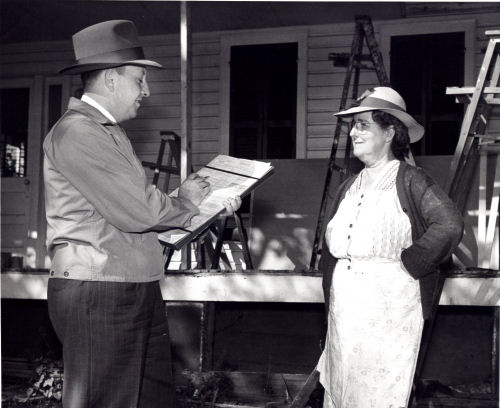
A 1940 U.S. Census Bureau publicity photo depicts a census taker interviewing a woman in the front yard of her home. In 2012, FamilySearch indexing volunteers assisted with the 1940 U.S. Census Community Project, helping to transcribe information from over 3.8 million images. More than 132 million names from the 1940 U.S. Census are now searchable on the Church's FamilySearch website. The work, which was supposed to take a year, was completed in just four months thanks to the successful partnership between a consortium of national genealogical organizations, FamilySearch.org and more than 163,000 volunteers.
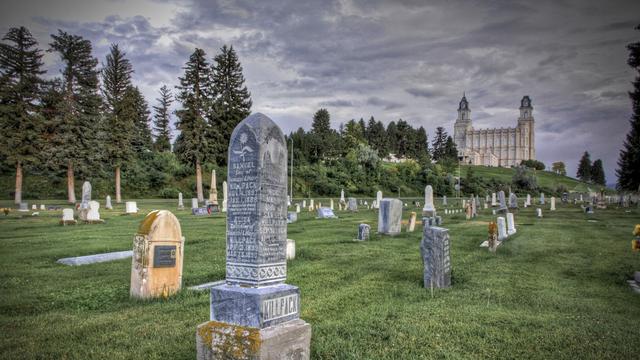
Family history researchers often find cemetery records useful, as they may include birth, marriage and death information, or provide clues about military service, religion, or membership in an organization. These records are often used to establish family relationships, locate family members and identify children who died young or women who were not recorded in family or government documents. This cemetery is near the Church’s Manti Utah Temple.
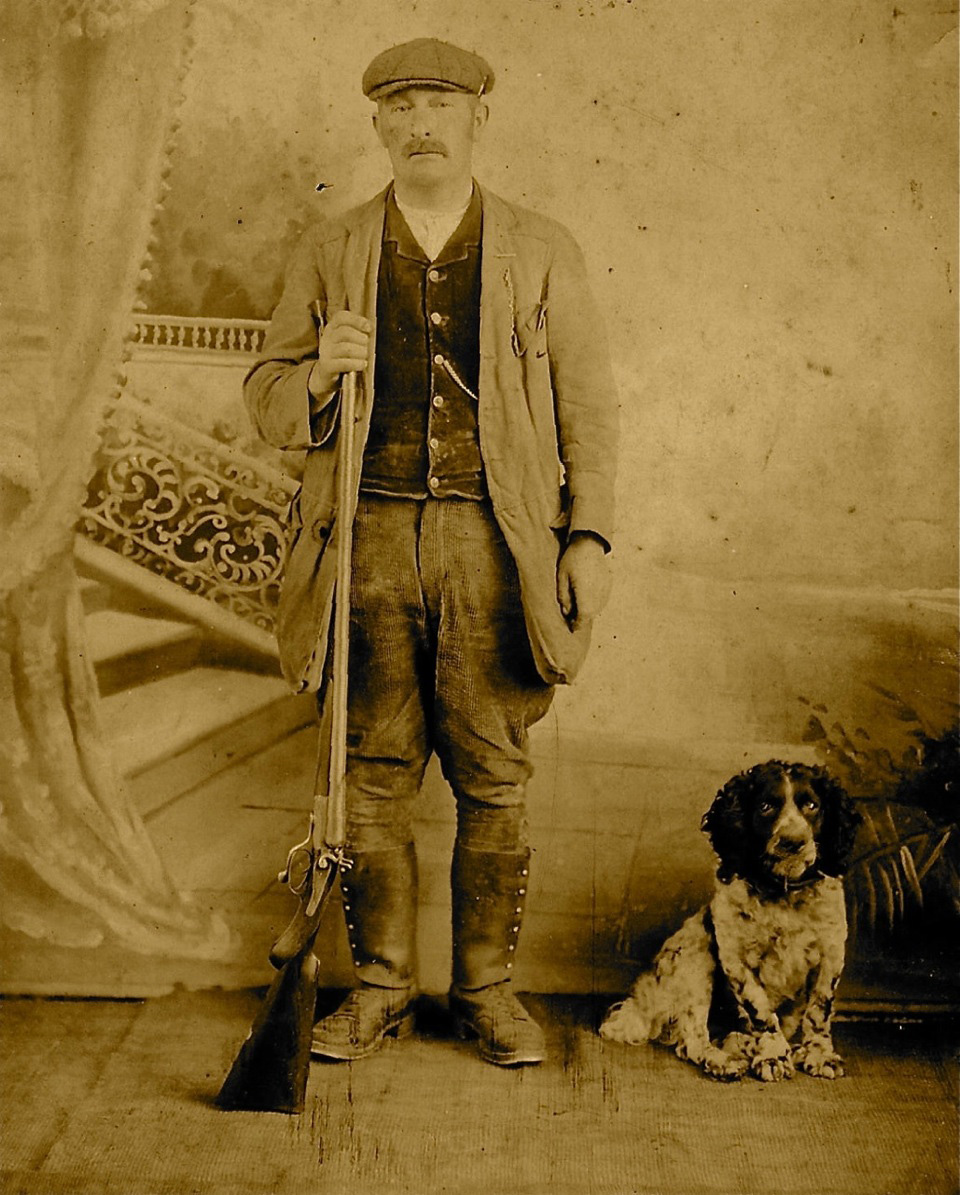
Some of the records stored by the Church are photographs, like this formal portrait of William Hall (1867-1943). The FamilySearch website enables individuals to work together with others online to compile and share family photos and stories.
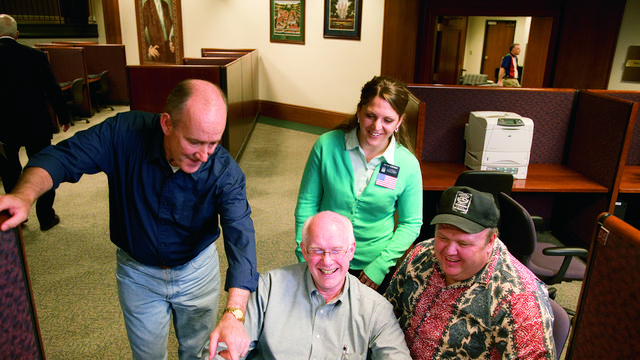
FamilySearch has 4,600 local facilities in 132 countries where anyone can access genealogical records and receive personal assistance with their family history. Family history centers are free and open to the public and staffed by knowledgeable volunteers.
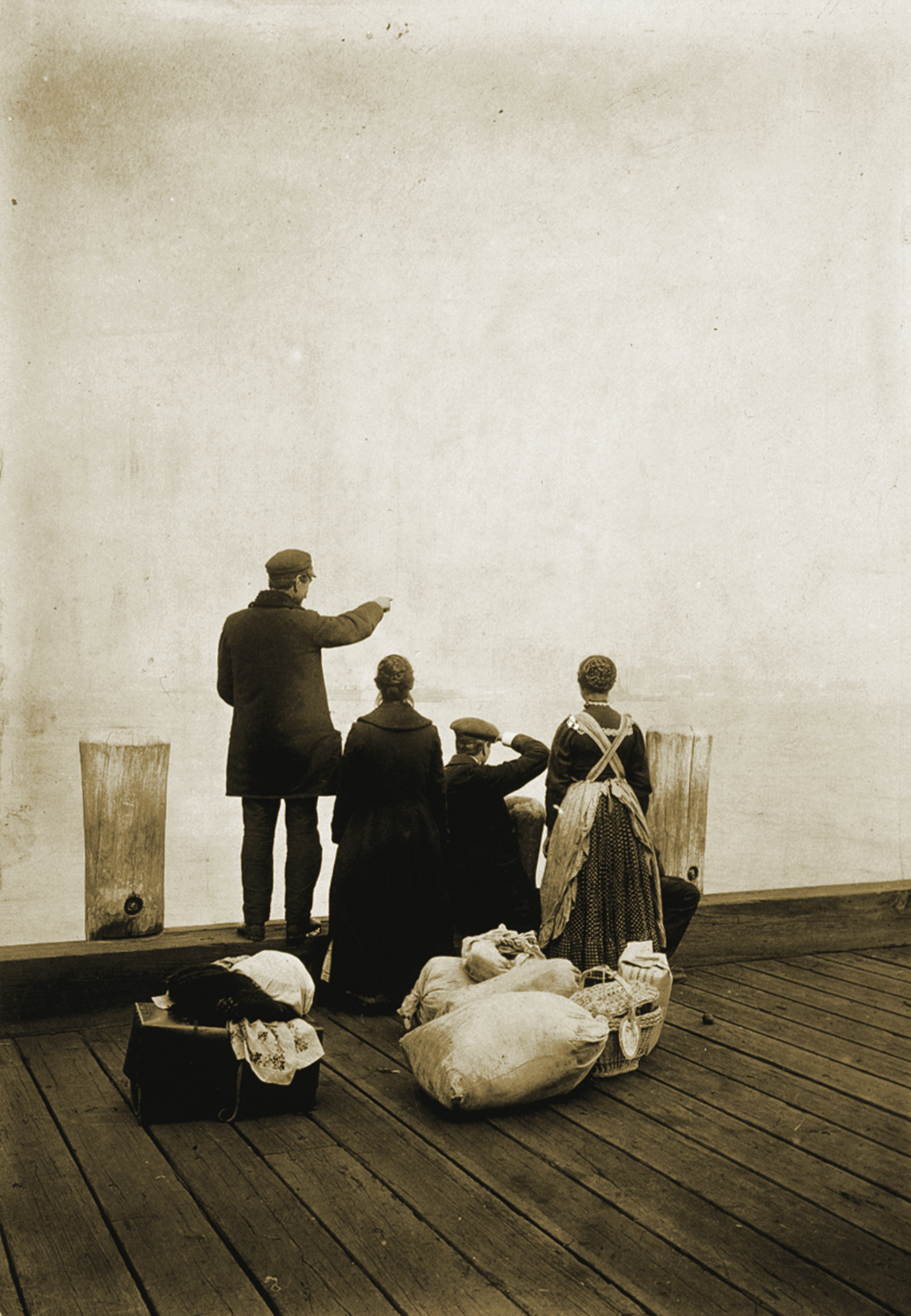
On FamilySearch, ancestors pictured in photographs can be labeled and linked to the respective ancestors’ profiles for other descendants to find. It is estimated that 100 million descendants of Ellis Island immigrants, like those picured in the photo above, live in the United States.
Roots author Alex Haley once said: “In all of us there is a hunger, marrow-deep, to know our heritage — to know who we are and where we have come from. Without this enriching knowledge, there is a hollow yearning, … emptiness, and the most disquieting loneliness.”